- About us
- Support the Gallery
- Venue hire
- Publications
- Research library
- Organisation chart
- Employment
- Contact us
- Make a booking
- Onsite programs
- Online programs
- School visit information
- Learning resources
- Little Darlings
- Professional learning
Neville Bonner AO (1922 –1999) was Australia’s first Indigenous parliamentarian. Bonner’s mother was a Jagera woman; his father was English. Only attending school for two years in his mid-teens, he worked in various labouring jobs before moving to Palm Island, where he became involved in community affairs. He was Queensland president of the One People of Australia League from 1967 and national president from 1980. He joined the Liberal party after the 1967 Referendum and in 1971 the party invited him to fill a Senate vacancy. He was re-elected four times between 1972 and 1980, serving as a senator for twelve years before resigning from the Liberal Party in 1983. After leaving Parliament he served on the Board of Directors of the ABC and the council of Griffith University, and was a patron of World Vision and Amnesty International.
A boomerang maker's son, Ngaku/Dhunghutti artist Robert Campbell Jr started out creating paintings for the tourist market, but subsequently developed a distinct, vivid style combining graphic, naïve and traditional motifs to document 'past and present, the people, the landscape, and my own relationship with both.' Though completed over a relatively short period, his body of work now stands as a key record of twentieth-century Indigenous experience.
Purchased with funds provided by Tim Fairfax AC 2008
© Estate of Robert Campbell Jnr. Courtesy of the artist and Roslyn Oxley9 Gallery, Sydney.
Tim Fairfax AC (54 portraits supported)
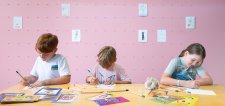
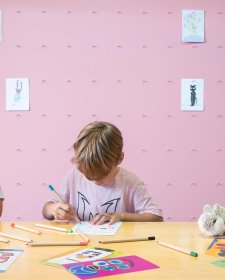
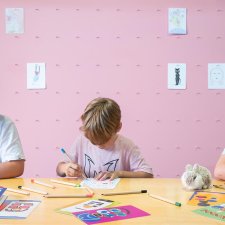
Drop into the Gallery any time for free creative activities inspired by artist Thom Roberts and his exhibition, The Immersive World of Thom Roberts.
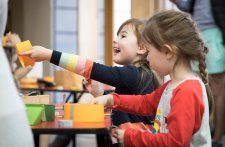
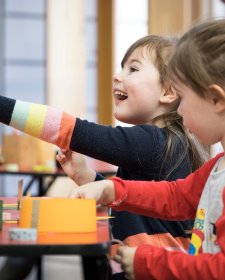
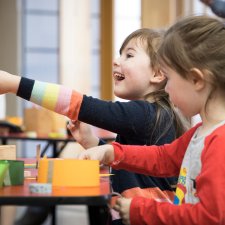
Drop into the Gallery for free artmaking activities inspired by the exhibition In Bloom.



On one level The Companion talks about the most famous and frontline Australians, but on another it tells us about ourselves.